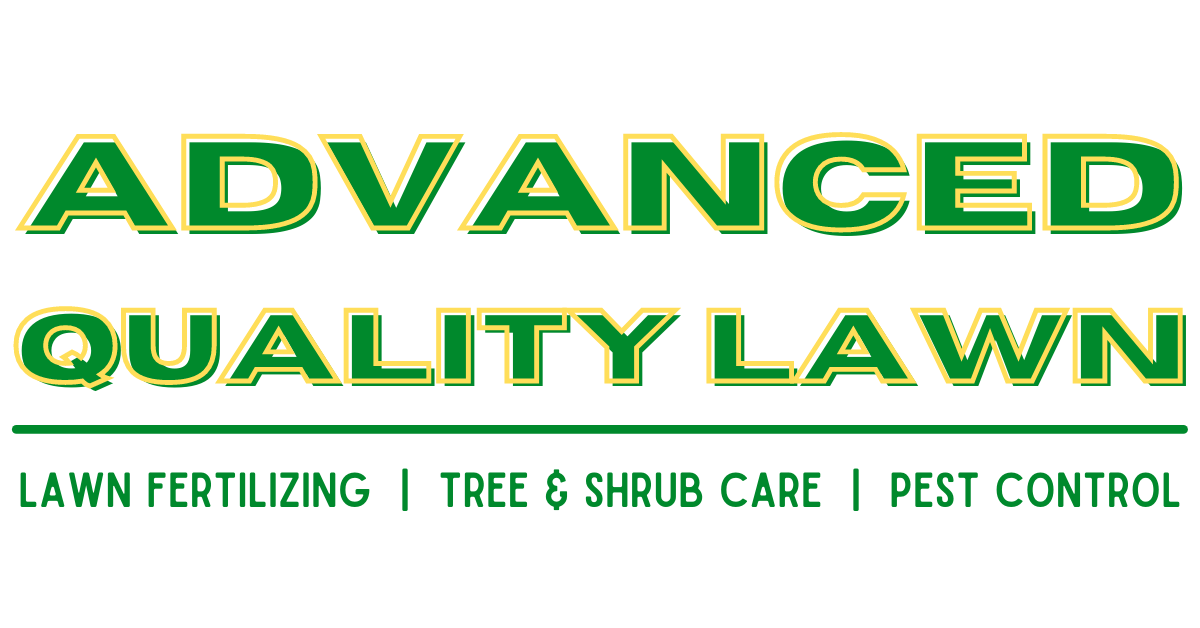Keeping Your Northeast Ohio Lawn Pest-Free This Summer
As the warm breeze of summer approaches, Northeast Ohioans eagerly anticipate spending more time outdoors, enjoying their lush green lawns. However, nothing can spoil the joy of a well-manicured lawn faster than an invasion of pests. From grubs to chinch bugs, these unwelcome visitors can wreak havoc on your lawn if left unchecked. But fear not! With a proactive approach and some effective strategies, you can keep your lawn pest-free all summer long.
Identifying Common Lawn Pests in Northeast Ohio: Before diving into prevention methods, it's essential to familiarize yourself with the common lawn pests in Northeast Ohio. Some of the most prevalent pests include:
Grubs: These white, C-shaped larvae of beetles such as Japanese beetles and June bugs feed on grassroots, causing brown patches in the lawn.
Chinch Bugs: These tiny insects suck the sap from grass, leading to yellowing and eventually death of the affected turf.
Sod Webworms: The larvae of lawn moths, sod webworms chew on grass blades, creating brown, irregular patches on lawns.
Ants: While not directly harmful to grass, ant mounds can disrupt the uniformity of your lawn and indicate the presence of other pests like aphids or scale insects.
Prevention Strategies:
Maintain Proper Lawn Care Practices:
Regularly mow your lawn to the appropriate height, as taller grass shades the soil and discourages pests.
Water deeply but infrequently to promote healthy root growth and minimize conditions favorable to pests.
Aerate your lawn annually to improve soil drainage and reduce thatch buildup, which can harbor pests.
Monitor for Signs of Pest Activity:
Keep a close eye on your lawn for early signs of pest infestation, such as brown patches, wilting grass, or unusual insect activity.
Use a shovel to inspect the soil beneath affected areas for signs of grubs or other larvae.
Implement Natural Pest Control Methods:
Introduce beneficial nematodes to your lawn, which prey on pest larvae like grubs and cutworms without harming beneficial insects or plants.
Encourage natural predators such as birds, toads, and ground beetles by providing habitat and minimizing pesticide use.
Consider Chemical Control as a Last Resort:
If pest populations exceed tolerable levels despite preventive measures, consider using targeted insecticides labeled for the specific pest and follow all safety precautions and application instructions.
Maintaining a healthy, pest-free lawn in Northeast Ohio over the summer requires vigilance, proactive management, and a combination of cultural, biological, and, if necessary, chemical control methods. By following the prevention strategies outlined above and staying attuned to your lawn's needs, you can enjoy a vibrant and pest-free outdoor space all season long. So, gear up, roll out the lawnmower, and get ready to savor the joys of summer without the hassle of lawn pests!

